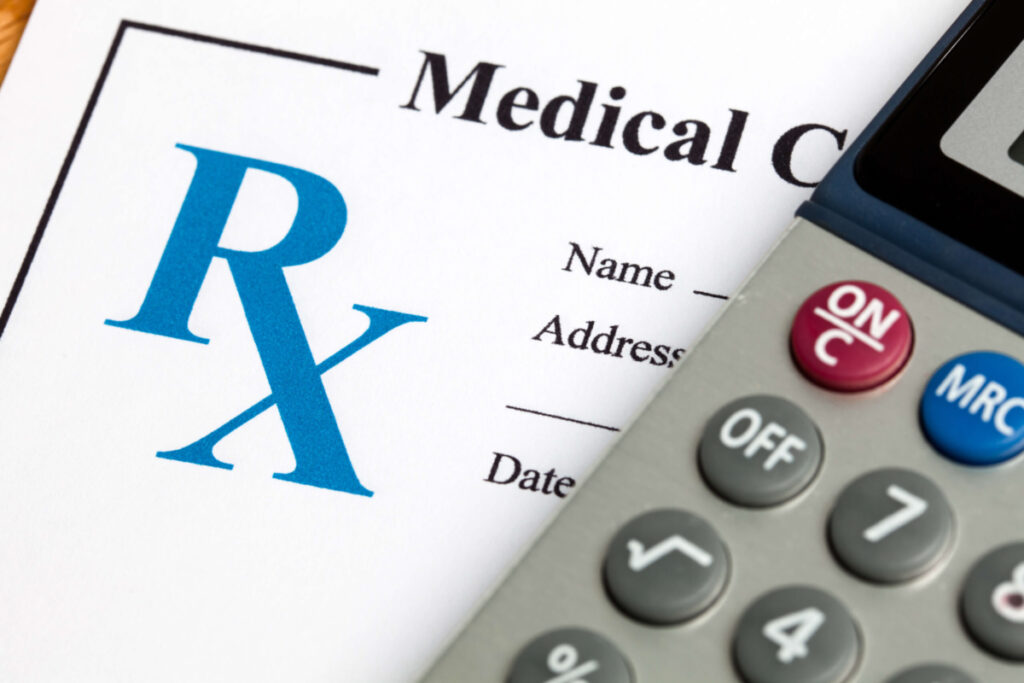While Congress continues to consider significant reforms for drug pricing, states have taken bold steps to control drug prices across payers. This legislative session, Colorado followed Marylands lead and established a prescription drug affordability board (PDAB) to address high drug prices. PDAB legislation, such as Marylands and Colorados, that includes authority for a board to set upper payment limits (UPLs) within a state for high cost drugs, represents some of the strongest state efforts to date to rein in drug costs. The National Academy for State Health Policys (NASHP) 2021 annual conference featured a session highlighting Colorado and Marylands PDAB laws, as well as New Yorks experience with enhanced negotiating authority with manufacturers for high cost drugs within its Medicaid program. New Yorks success in achieving notable savings offers insights on implementation that can help guide states standing up PDABs.
Marylands Prescription Drug Affordability Board
Enacted in 2019, Marylands PDAB law was created to study the prescription drug market in Maryland and to protect consumers and the state from the high costs of prescription drugs. The Board has spent the past year analyzing Marylands pharmaceutical distribution and payment system and will report findings, along with policy options to lower costs, to the General Assembly by the end of this year. In September, Maryland issued its first round of invoices for the assessment on drug manufacturers and other entities along the supply chain to support the work of the states PDAB. Under the legislation, the PDAB can consider setting upper payment limits, implementing a reverse auction marketplace, and establishing a bulk purchasing process. If the Board determines it is in the interest of the state to establish a process for setting UPLs, the Board must create a plan of action for implementing the process that includes the criteria the Board shall use to set UPLs and submit the plan to the Legislative Policy Committee for its approval. If the plan is approved, the Board may begin setting UPLs for state purchasers in 2022, and for all purchasers starting in 2023.
Colorados Prescription Drug Affordability Board
In June 2021, lawmakers in Colorado enacted a law to create a PDAB with aggressive timelines that will enable the Board to begin setting upper payment limits for all payers as early as next year. The law has a transparency component that requires insurance carriers and pharmacy benefit managers to report certain cost and utilization information to the Division of Insurance. The Board will use that data to perform affordability reviews of drugs that exceed the wholesale acquisition cost triggers outlined in the law.
Beginning April 1, 2022, the Colorado PDAB may establish UPLs for up to 12 drugs each year. Colorados PDAB, unlike Marylands, does not require additional legislative authority to set UPLs, and UPLs will apply to all purchases of and payer reimbursements for a drug dispensed or administered in the state. Similar to Maryland, the Colorado PDAB will make policy recommendations to the General Assembly on strategies to improve the affordability of prescription drugs for consumers.
New York Medicaids Drug Cost Cap and Enhanced Negotiating Authority in Massachusetts
In 2017, New York enacted a law that gave the Medicaid program the authority to negotiate with drug companies for supplemental rebates if drug spending is projected to exceed an annual spending limit, which is based on a 10-year rolling average of the Consumer Price Index. If the state is unable to reach an agreement with a manufacturer, a drug may be referred to the Drug Utilization Review Board (DURB), which then conducts a value assessment of the product. When conducting a value assessment, the DURB can consider a drugs affordability and net cost to Medicaid, value-based pricing, significant price increases, and/or the proportionality of price to therapeutic benefit.
Five years later, New York has had success with this approach. Since the law went into effect in 2018, the state has negotiated over 50 new supplemental rebate contracts with manufacturers, which have generated over $500 million in new supplemental rebates. The DURB has also completed three value assessments for the drugs Orkambi, Remicade, and Spinraza. The DURB used value-based pricing benchmarks from the Institute for Clinical and Economic Review (ICER) to guide the Department of Health on target supplemental rebate amounts for Orkambi and Spinraza and a domestic reference pricing approach for Remicade because two comparable biosimilars were on the market. As a result, New Yorks drug cap is achieving additional rebates and reducing the growth of spending without limiting access to high-cost drugs.
Massachusetts has a program similar to New Yorks which enables enhanced negotiating authority within its Medicaid program. If an agreement cannot be reached and the drug exceeds certain price thresholds, the drug can be referred to the Massachusetts Health Policy Commission (HPC) for review. To date, this approach has been successful in securing additional rebates without the need for HPC review.
For more information about state actions to lower drug costs, explore NASHPs Comparison of State Prescription Drug Affordability Review Initiatives and legislative tracker.




